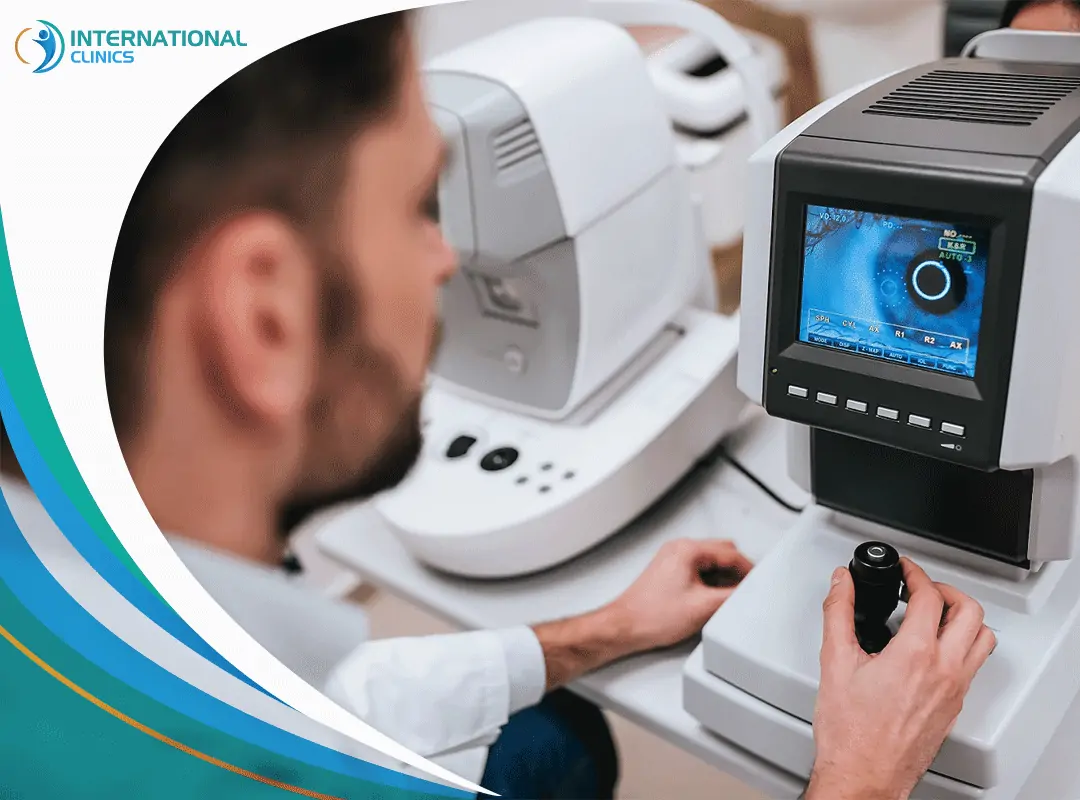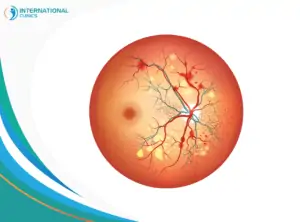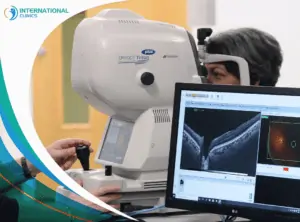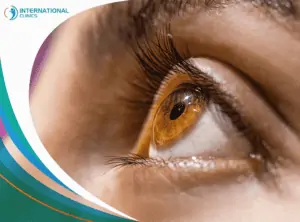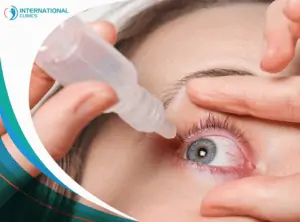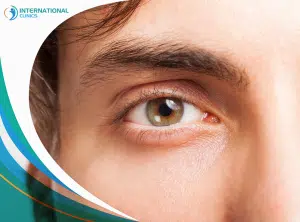Not all children are blessed with good eye vision. Some of them are born with congenital eye defects, while others could be exposed to various eye diseases during the early stages of life. Nonetheless, there are many eye tests for children to help diagnose almost all conditions at an early stage.
These tests aim at examining the eye by using various technical devices and charts. They help eye doctors assess visual acuity, visual field, and other indicators. select the appropriate options for treatment according to each case separately.
Although eye health awareness campaigns are widespread among the public, many children aren’t receiving the vision screening they need according to multiple news reports. Next, we will review the most important eye tests for children along with other topics that may interest you.
Eye Tests for Children Less Than 2 Years Old
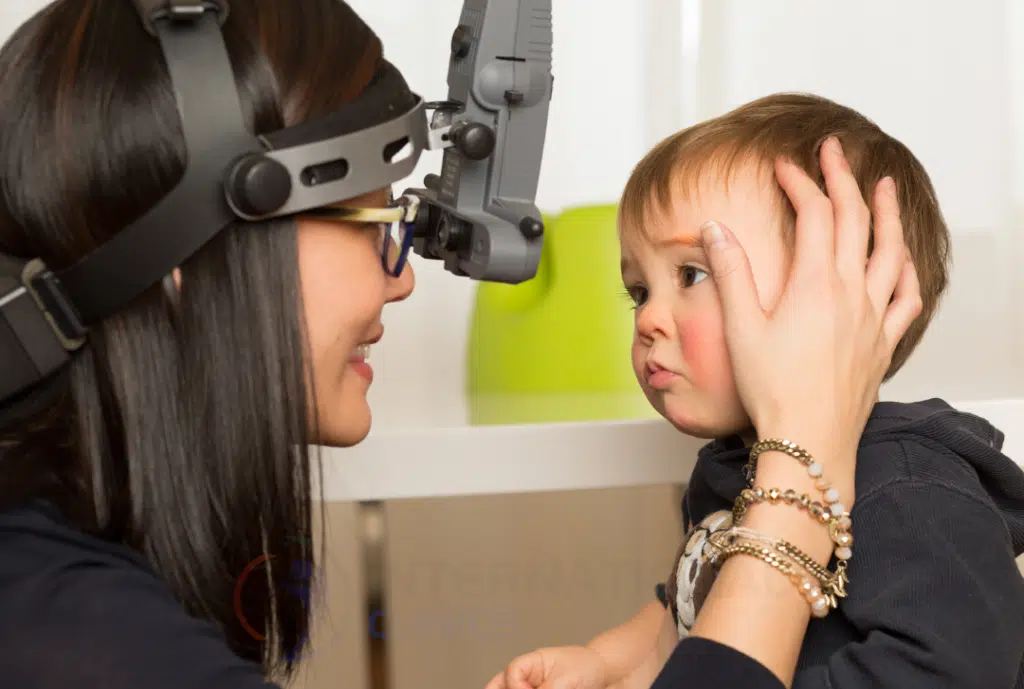
Doctors opt often to test color vision, eye focus, and visual depth in children less than 2 years old. Different tests are available for this goal and may include:
Pupil Reflex Test
This test helps assess the level of the pupil’s reaction to light. Your baby’s eyes should shrink when the doctor shines a light into each one of them.
Preferential Test
Your baby should gaze at special cards during this test. Doctors find this test very helpful to examine a baby’s vision and attention to visual objects. The cards are usually blank and striped on different sides.
Red Reflex Test
Using an ophthalmoscope, your doctor will check the eye of your baby while shining a light that supposes to reflect as a red light, not a white light.
Eye Tests for Children 2-5 Years Old
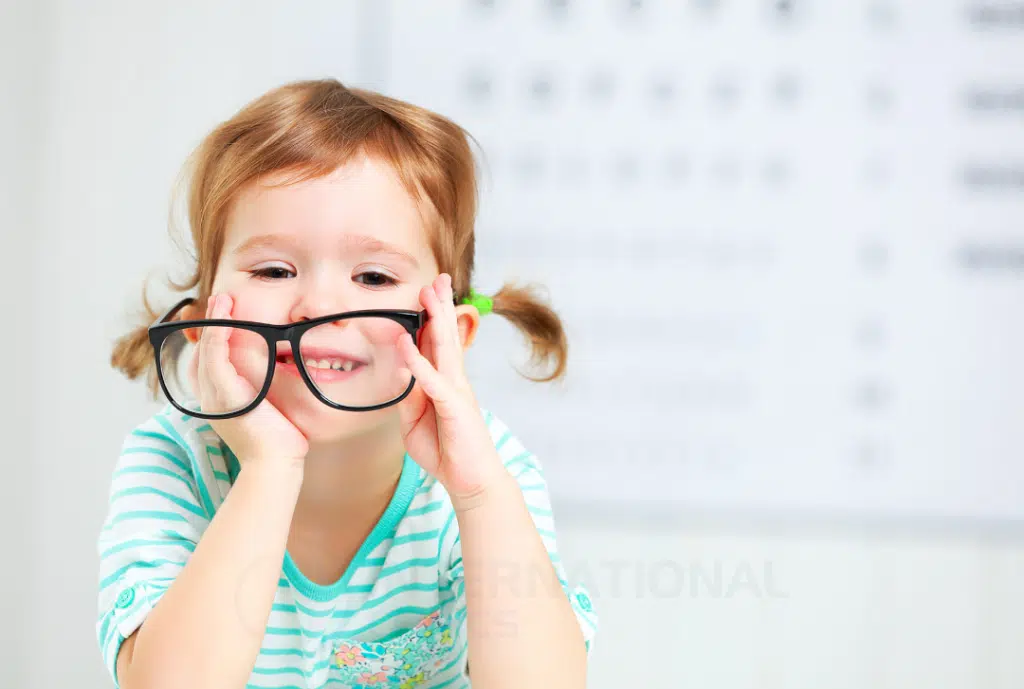
Children start to discover and play with colors once they reach 24 months of age. At this age, the range of available eye tests becomes wider, and doctors can perform a “comprehensive eye exam”.
Visual Acuity
Visual acuity is about identifying letters on an eye chart. However, if children are still unable to read letters, doctors can use symbols, also called “LEA symbols”. You can find free smart apps that test visual acuity on smartphones.
Color Vision
Color vision tests are diverse, but for children less than 5 years old, most doctors choose a test called the “Ishihara test”. The test will assess the ability of the child to differentiate between colors and screen color blindness.
Retinoscopy
Diagnosing refractive errors such as myopia is a very important goal for parents and teachers of children. A retinoscopy can obtain a measurement of refractive error, which helps a lot during the preschool stage.
Other Eye Tests for Children
Ocular examination at early life stages is possible and even necessary for some cases. A baby’s eye can be examined by a slit lamp, which enlarges the eye and makes it possible to examine the cilia, eyelids, cornea, pupil, lens, and the tear chambers between the pupil and the cornea.
However, it’s not comfortable or easy to perform this test on small infants. Between the ages of three and five, children can receive other tests, such as:
Eye Muscles Examination
The examination of the eye muscles is among the most important tests used to diagnose eye diseases in children. During this test, the doctor monitors the child’s eye movements after asking the child to follow a moving object with their eyes. This helps identify the weaknesses in eye muscles.
Tangent Screen Perimetry
The child sets a front of a screen and focuses their eye on a target in the center of the screen. The doctor moves an object, and the child must inform the doctor when seeing the object or when it disappears. This is among the important ways to examine the field of vision.
Optical Coherence Tomography
Optical coherence tomography is one of the most important retinal examinations in children. It helps detect retinal defects and determine retinal thickness, as well as abnormal blood vessels and macular degeneration.
Confrontation Visual Field Testing
The purpose of the confrontation examination is to check on the child’s field of vision. The doctor covers the child’s eye and asks them to look forward. The doctor moves their hand around the child’s field of vision and asks the child to tell them when exactly they see the hand.
Symptoms of Eye Conditions in Children
Doctors recommend parents carefully observe the signs and symptoms of eye conditions in their children. It’s hard to include all symptoms of eye conditions that could develop in children in one list, but we can mention the most common as follows:
- Headache and clumsy feeling
- Reading difficulty
- Frequent eye rubbing and dry eyes
- The need to see things closely
- Hand-eye-coordination issues
Most Common Eye Diseases in Children
Despite being new life, children’s eyes could quickly deteriorate or encounter unwanted conditions. Below are some of the most common eye diseases in children:
Myopia
Myopia affects the ability to see distant things. The most important things that can cause this problem include genetic factors and uneven curvature of the cornea. These factors lead to refractive errors in the light that enters the eyes.
Farsightedness
Farsightedness is the inability to see nearby objects. Reasons for this can include flatness of the cornea, genetic factors, and poor concentration of light in the eye.
Astigmatism
It is an optical aberration that causes people to see blurry images as a result of abnormal rotation of the cornea. This brings the central focus of the eye before the retina. Thankfully, many eye tests for children can screen astigmatism at an early age.
Nystagmus
Nystagmus is among the eye diseases that affect children and cause involuntary eye movements. Some people also call it the “dancing eye”. Nystagmus may occur naturally when some people feel confused about something. Doctors treat this condition by prescribing contact lenses or therapeutic medications, or by performing a surgical intervention.
Eye Infections
Children get different types of eye infections. The doctor identifies the infection by examining the eyes and retina. Infections can occur in the eyelid and conjunctiva as a result of some types of germs or bacteria.
Symptoms include redness in the eye unlike the normal white color, as well as abnormal secretions, excessive tears, swelling, and eye dryness. The most prominent types of pathogens that cause these infections are bacilli and herpes simplex. Infections can also occur as a result of allergies or exposure to air pollutants, such as smoke and dust.
Blocked Tear Duct in Children
Some children suffer from the presence of purulent or pus secretions from the eyes after birth. This occurs in one child out of fifteen according to studies. The reason is the blockage of the tear duct.
Normally, the lacrimal gland (below the upper eyelid) produces and drains tears through small holes at the edges of the lower eyelid close to the nose. Tears come out of the holes through very small channels and collect in the tear sac.
However, these ducts could be blocked for different reasons. The signs of tear duct obstruction include excessive tears, wet eyes, red eyes, and pus secretions. Most cases of tear duct obstruction in children heal on their own and blockage disappears naturally as the child becomes older.
Lazy Eye
A lazy eye refers to a decrease in the visual capabilities of one eye. The reason for this stems from the abnormal development of the eye in the early stages of life. Specifically, between birth and the age of seven. This leads to double vision in one or both eyes.
A lazy eye occurs as a result of disturbances in the nerve pathways connecting the retina with the brain. It also may occur due to a difference in the strength of vision or muscle imbalance, which affects the position of the eye. The condition may turn the eye outward or inward, leading to a lack of coordination between the eyes.
Among the risk factors that can lead to a lazy eye are genetic factors, premature birth, and abnormal body weight. Cataracts are a possible cause too. The most prominent symptoms of a lazy eye are tilting the head, closing one of the eyes, and poor coordination between the eyes.
Squint
Squint or strabismus could be a temporary or permanent eye problem. Patients with squints lose their ability to point to visible objects accurately. Squint can affect one or both eyes and occurs in 3% of children.
There are different types of squint in children. Squint can be inward, which is known as “esotropia”. This is the most common type. Squint may occur also as an external rotation. Doctors call this type “lateral strabismus”. There is a type of upward squint, which is known as “hypertropia”. A downward squint is known as “hypotropia”.
Squint occurs because of problems in the eye muscles. The mechanism behind this problem is still under investigation by scientists. However, there are many risk factors that increase the risk of squint in children, such as selected genetic conditions, cerebral palsy, low-weight birth, tumors, and mother alcohol drinking.
Other conditions
Children also can develop color blindness, cataracts, and other conditions. Eye tumors and cancers are also possible to develop in some children, but they remain rare.
The Bottom Line
Eye tests for children come in different shapes and functions, but they fit specific age groups and aren’t suitable for all children regardless of their age. These tests are very helpful to screen eye conditions and predict the health of the eye at later times.
International Clinics provides different eye tests for children to screen for myopia, astigmatism, and other conditions. You can contact us directly through the buttons on our website.
Frequently Asked Questions (FAQ)
How Do They Test Children’s Eyes?
Testing children’s eyes can be achieved by different methods and devices. Some of these methods involve using eye drops (dilation) or shining a light on the retina. Others involve only visual tests by using charts and colors.
How Often Should Children’s Eyes Be Tested?
Your child should have their first eye test during the first 6 months following birth. Once they reach school age, they should have an eye test every 2 years or so, depending on their medical history and condition.
When to Get Children’s Eyes Tested?
Children should have their first eye test during the first year of life. They should get a second one once they reached the age of 3 and another test once they reach the age of 5. After that, they can undergo an eye test every 2 years.
Are Eye Tests Free for Children?
Schools offer free eye tests for children in some countries and locations. These tests provide a general screening for eye diseases. To get a more in-depth examination, you need to visit a specialized doctor, which could cost some cash.
How Accurate Are Children’s Eye Tests?
Children’s eye tests could be fairly accurate, depending on the device or method of testing. Some methods rely on devices to provide objective measurement of visual abilities; while others depend on the doctors’ direct observation, which carries a certain level of error.
What Causes Poor Vision in Kids?
Poor vision in kids can be attributed to retinal diseases and refractive errors. Some retinal diseases can occur due to congenital or hereditary reasons. Others might arise due to environmental conditions.
Do Iphones Damage Eyesight?
Iphones have bright screens that emit blue light, which may damage the retina of the eye. However, the level of blue light emitted by the screen can be controlled using different settings and third-party apps.
Read also: Eye Surgery Preparation: The Right Steps That You Need to Consider
